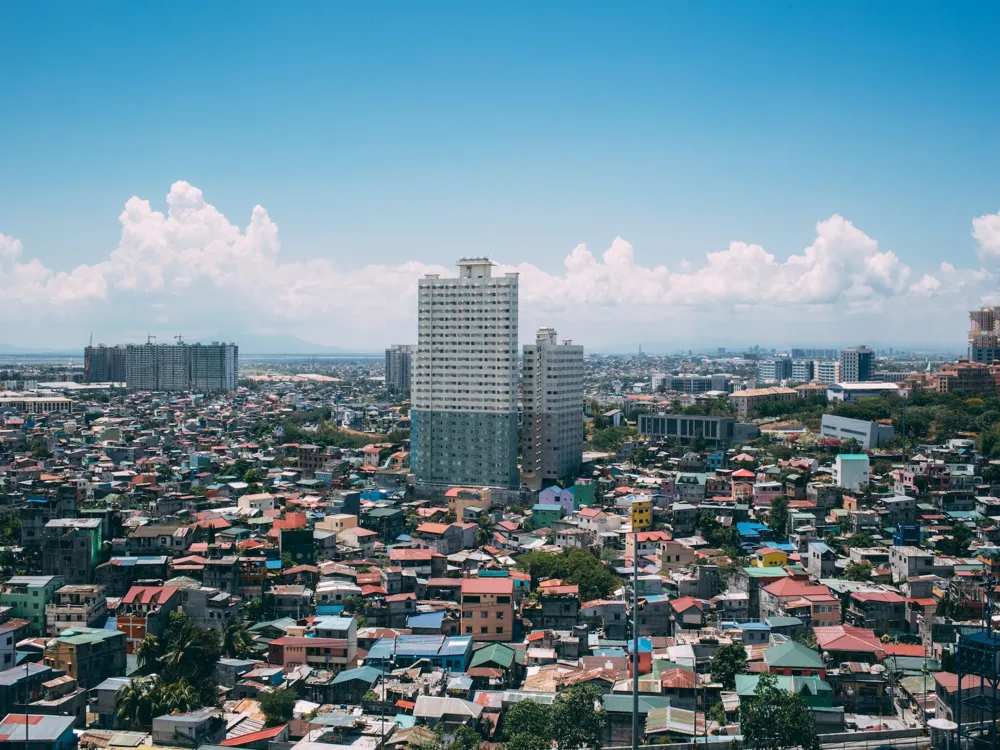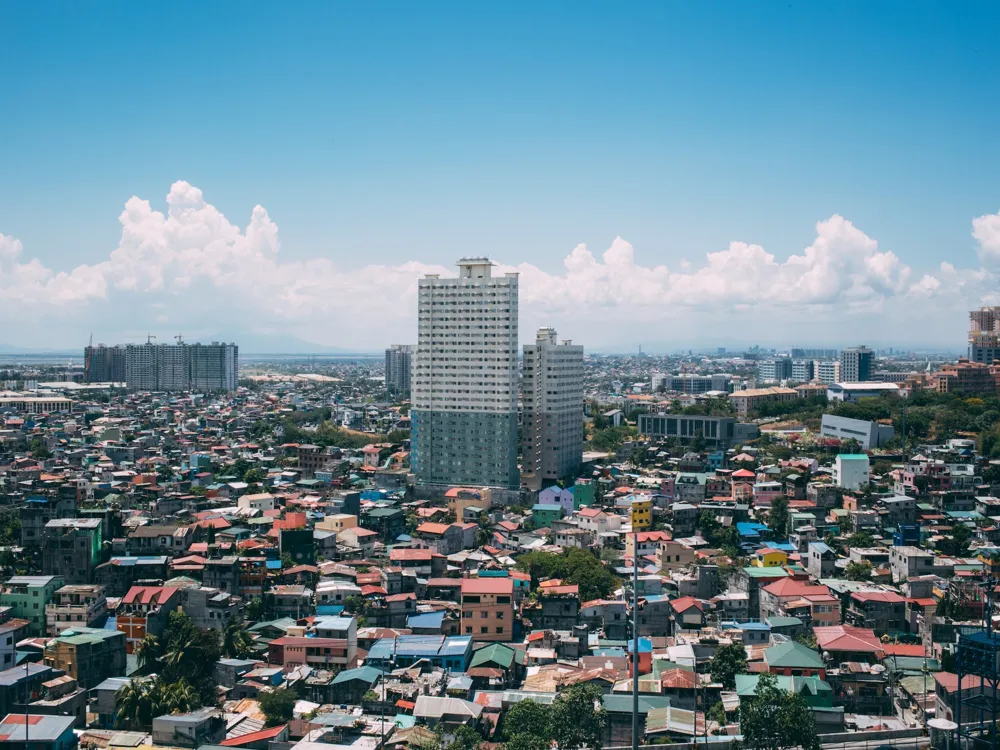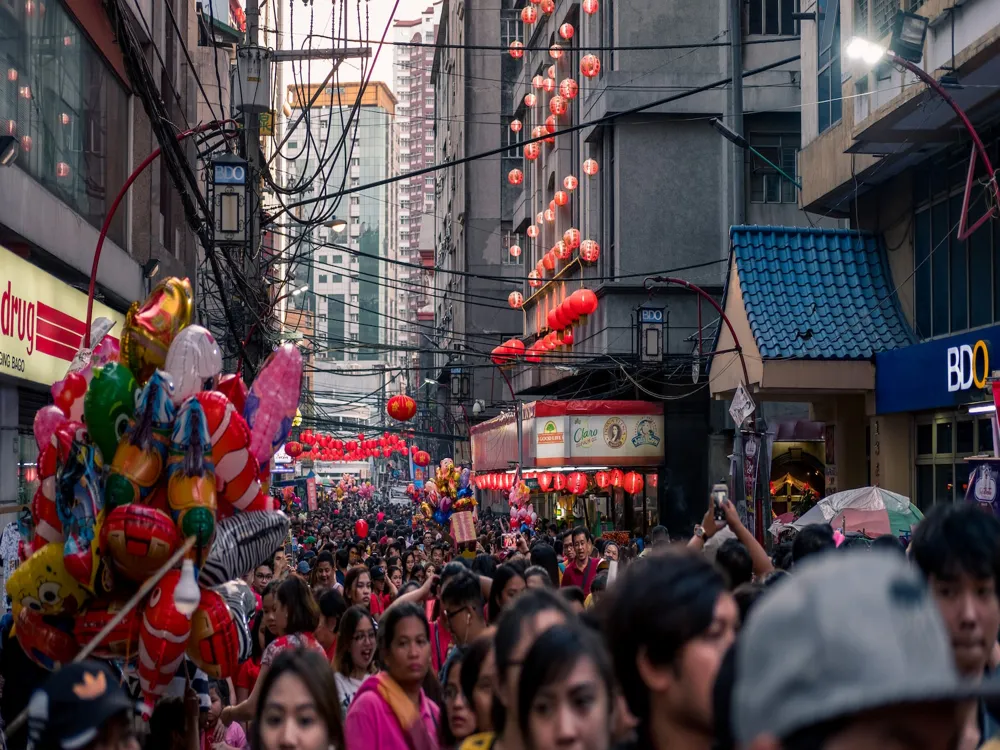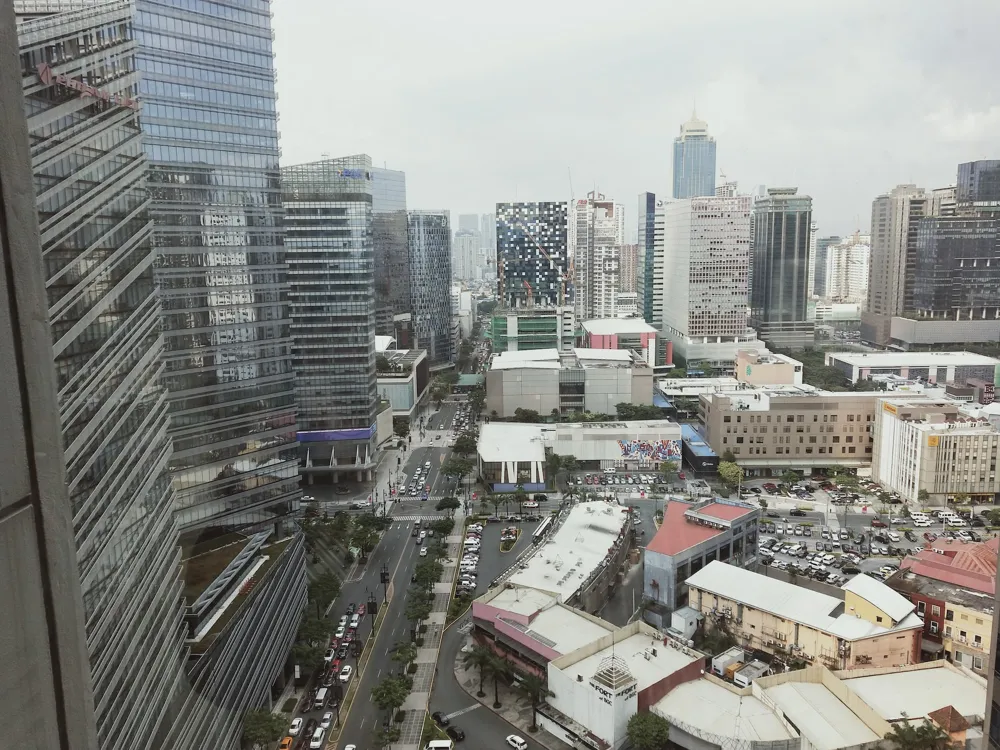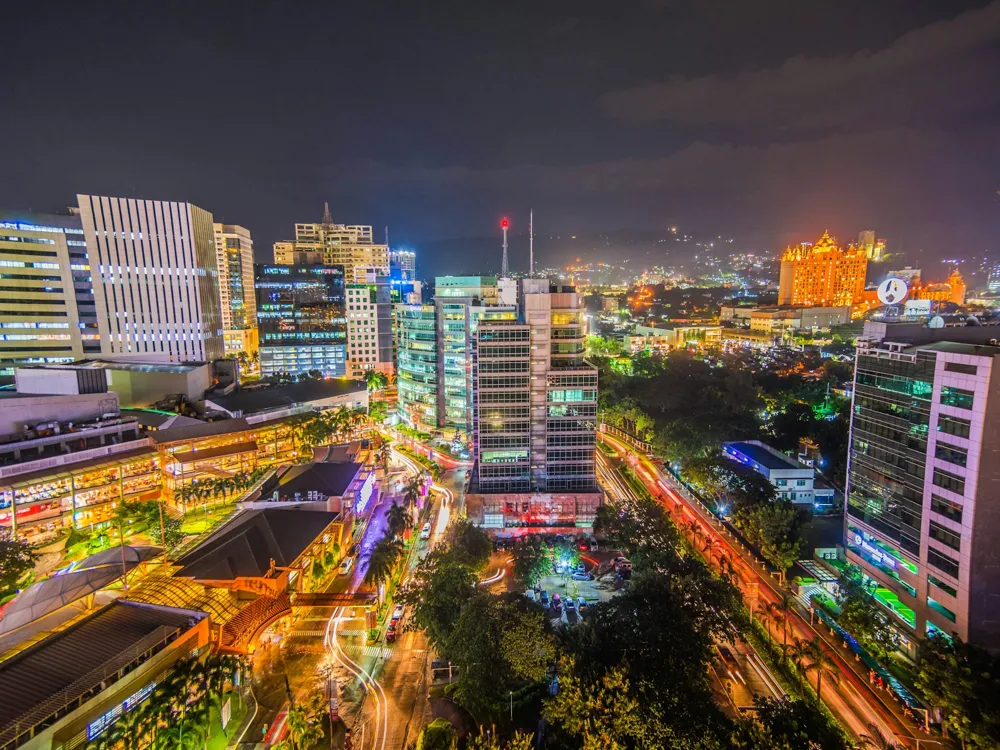Intramuros, known as the 'Walled City,' is a rich historical gem located in the heart of Manila, Philippines. This iconic fortress, built during the Spanish colonial period, stands as a testament to Manila's storied past. Intramuros, from the Spanish term meaning 'within the walls,' is surrounded by massive stone walls and moats, creating a distinct medieval atmosphere in the midst of a bustling modern city. Its history dates back to 1571, when it was constructed under the orders of Miguel López de Legazpi, a Spanish explorer and the first Governor-General of the Philippines. The primary purpose of Intramuros was to protect the city from foreign invasions, particularly by maritime threats. The area spans about 0.67 square kilometers and is home to several historical landmarks, including Fort Santiago, Manila Cathedral, and San Agustin Church. Over the centuries, Intramuros has witnessed significant events, from the Spanish era and British occupation to American rule and Japanese invasion during World War II. Today, it stands as a symbol of Philippine resilience and heritage, drawing locals and tourists alike who are eager to explore its rich cultural legacy. The walled city offers a unique blend of history, culture, and art, making it a must-visit destination for anyone interested in the Philippines' colonial history. The architecture of Intramuros is a fascinating fusion of Spanish colonial and Filipino styles, reflecting the diverse cultural influences that have shaped Manila over the centuries. The district's design and construction were heavily influenced by Spanish architectural principles, evident in the fortifications, churches, and government buildings. The walls of Intramuros, reaching up to 6 meters high and 2.4 meters thick in some areas, are an impressive display of Spanish military engineering. The layout of the city follows a grid pattern, typical of Spanish colonial urban planning, with streets intersecting at right angles. One of the most iconic structures within Intramuros is Fort Santiago, a citadel used by the Spanish military. It features a mix of medieval and Renaissance architectural elements and has served various purposes throughout its history, including a prison during the Spanish and American periods. The Manila Cathedral, another architectural marvel, has been rebuilt several times due to earthquakes and wartime destruction. It showcases a Romanesque revival style with its imposing facade, stained glass windows, and intricate stone carvings. San Agustin Church, the oldest stone church in the Philippines, is another notable landmark. Its Baroque architecture, detailed carvings, and ornate interiors represent the artistic and cultural exchange between the Philippines and Spain. Intramuros also houses several universities, museums, and historic government buildings, each contributing to the district's architectural tapestry. These structures not only represent the colonial era but also symbolize the Filipino spirit of resilience, having survived natural disasters and wars. Before visiting Intramuros, it's advisable to plan your trip in advance. Check the opening hours of the main attractions, as some may have varying schedules. Consider the climate; Manila can be quite hot and humid, so dress comfortably and stay hydrated. A guided tour can enhance your experience, providing in-depth historical insights. Intramuros is accessible by various modes of transportation, including jeepneys, taxis, and the Light Rail Transit (LRT). Once inside, the district is best explored on foot or by renting a bamboo bike. Maps are available at the entrance gates and visitor centers to help you navigate the area. Intramuros is not just a tourist spot but a historical landmark. Visitors are encouraged to respect the site by not littering, vandalizing, or disturbing the tranquility of the area. Photography is allowed, but be mindful of restrictions in certain areas, especially inside churches and museums. Reaching Intramuros is straightforward, thanks to Manila's comprehensive public transport system. The nearest LRT station is Central Terminal Station, from which Intramuros is a short walk away. Alternatively, visitors can take a jeepney or a taxi directly to Intramuros. For international travelers, Ninoy Aquino International Airport is the closest airport, and from there, one can hire a taxi or use ride-sharing services to get to Intramuros. For a more scenic route, consider taking the Pasig River Ferry to the Escolta Station and then a short trip to Intramuros. Read moreOverview of Intramuros in Manila
Architecture of Intramuros
Tips for Visiting Intramuros
Planning Your Visit
Transportation and Navigation
Respecting the Site
How To Reach Intramuros
Manila Tourism
Best Time to Visit Manila
How to Reach Manila
Things To Do Manila
Intramuros
Manila
₹ 38,599 onwards
View manila Packages
Weather :
Tags : Sightseeing
Timings : 24 hrs
Time Required : 1 day
Planning a Trip? Ask Your Question
Manila Travel Packages
View All Packages For Manila
Top Hotel Collections for Manila

Private Pool

Luxury Hotels

5-Star Hotels

Pet Friendly
Top Hotels Near Manila
Other Top Ranking Places In Manila
View All Places To Visit In manila
View manila Packages
Weather :
Tags : Sightseeing
Timings : 24 hrs
Time Required : 1 day
Planning a Trip? Ask Your Question
Manila Travel Packages
View All Packages For Manila
Top Hotel Collections for Manila

Private Pool

Luxury Hotels

5-Star Hotels

Pet Friendly








